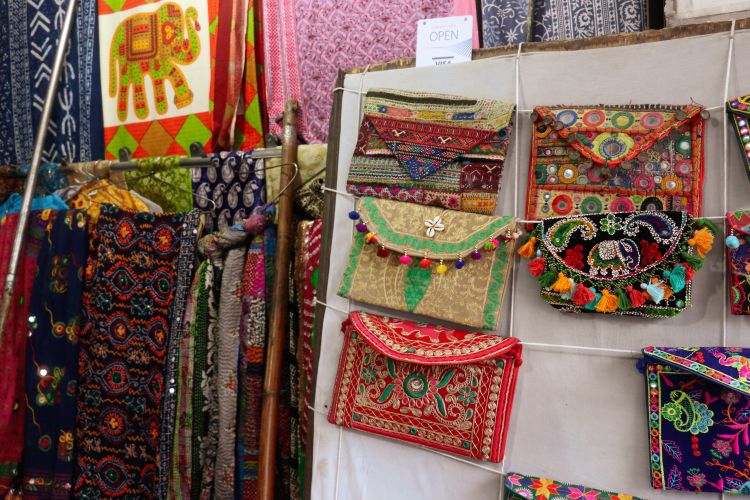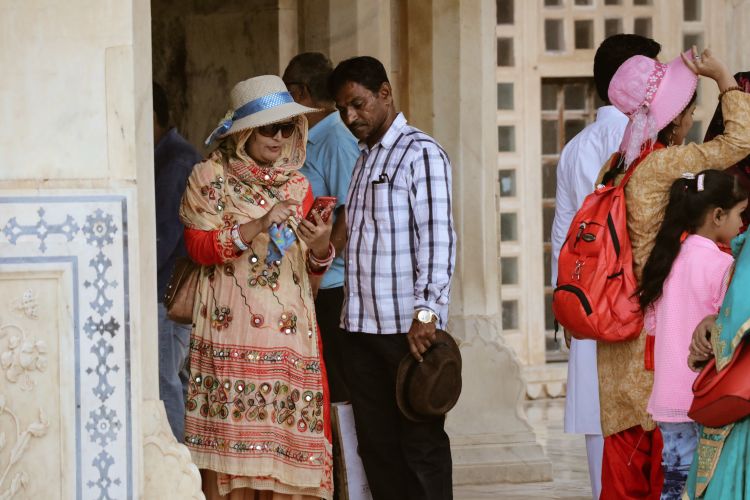A Place of Reflection
When you look around Jaipur it soon becomes evident that it is inevitable to see the reflection of the vibrant colours in architecture, dress and accessories at every corner you turn.
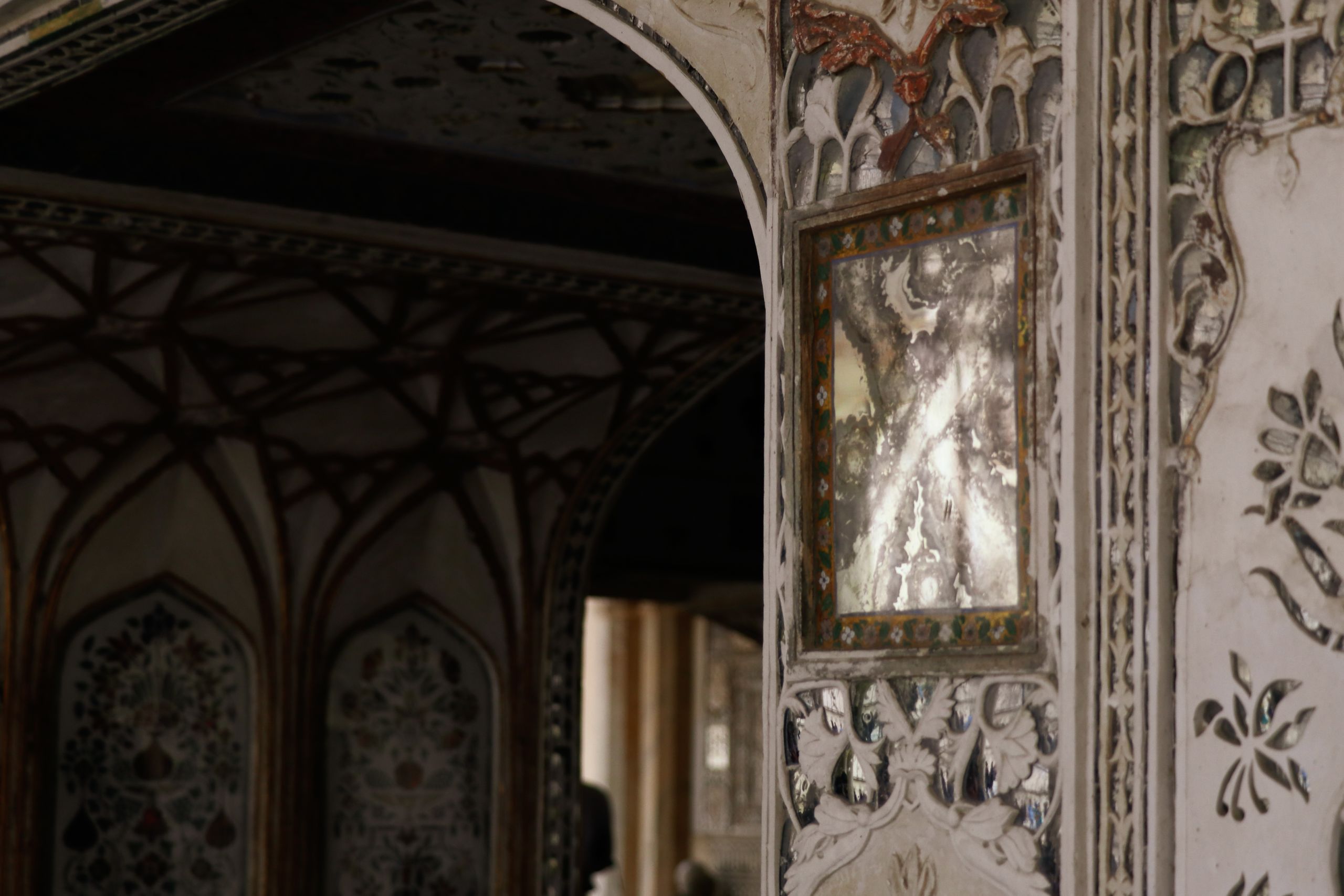
The streets of India double as a colourful fashion runway, however there are some pieces that stand out to visitors more than others.
Mirrors can be seen in all types of fashion, from saris and scarves, to handbags and shoes. These pieces are called 'abhla bharat', or shisha embroidery.
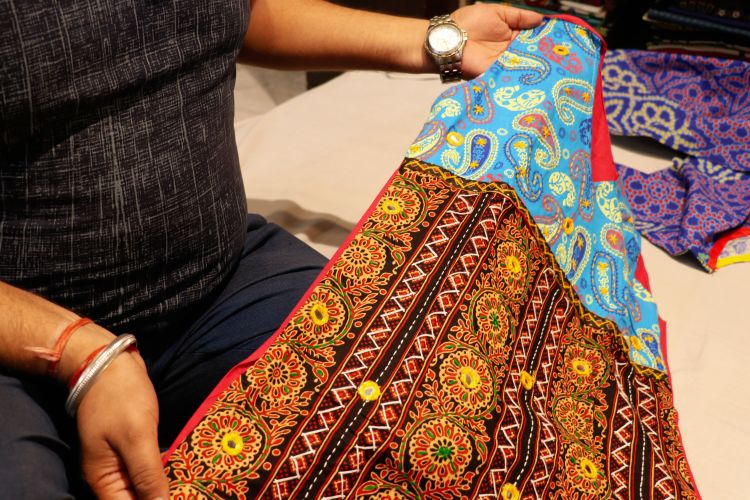
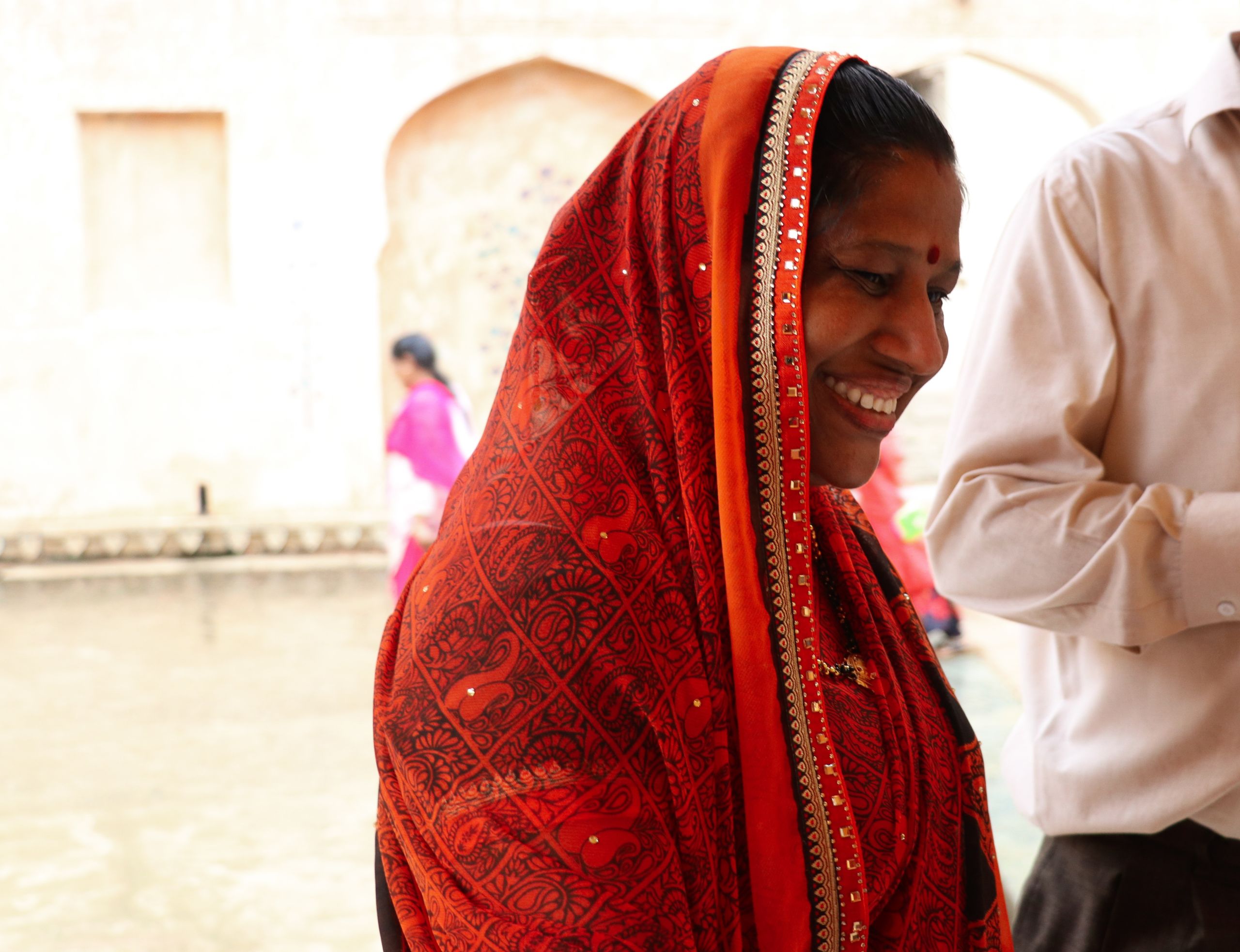
Some places, such as Rajasthali Textile Development Corporation, are ceasing production on mirrored products because of their delicacy. Despite this, markets on every corner of the Old City, also known as the Pink City, seem to be embracing the reflective look.

Mirrored fashion is worn across India, however it is the architecture of the Sheesh Mahal, also known as the Hall of Mirrors that is specific to Jaipur.
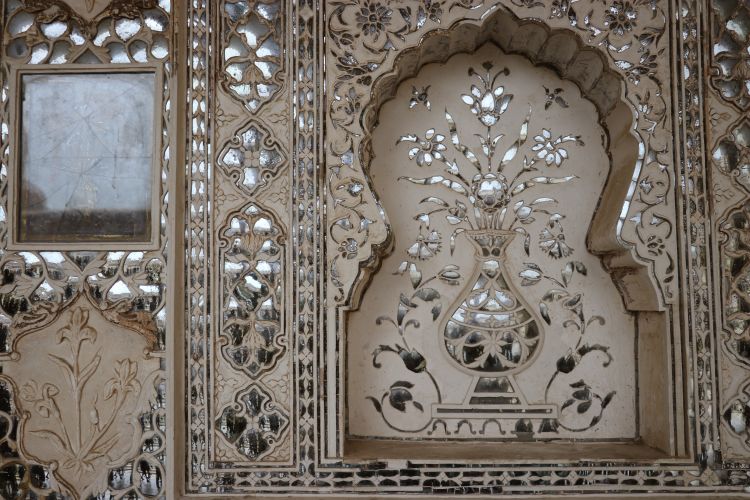
The Hall of Mirrors is known for its stunning architecture that reflects the gleaming sun of Jaipur onto its surroundings.
Devender Singh, a tour guide in Jaipur, explains how historically mirrors were more valuable than gold.
“In order to protect to mirrors, they put 24 carat gold leaf around them”, he says.
"It would take a couple of years for the mirrors to reach India as they travelled from Flanders through Turkey and Afghanistan."
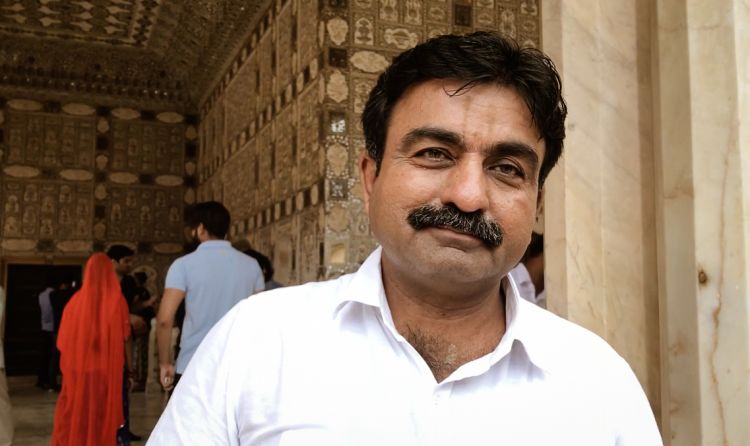
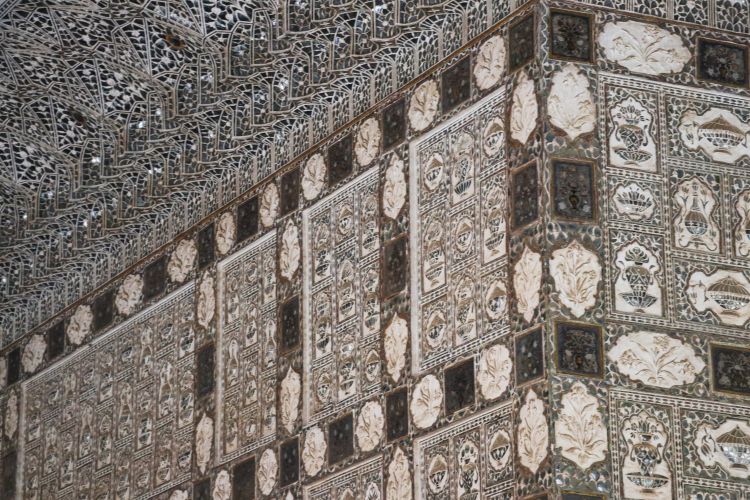
Even though the availability and social significance of mirrors may have changed over the centuries, their prominence is still a classic representation of Jaipur.
From tourist Emily Steinhardt's perspective, they represent the vitality, colour and vibrance of the city.
